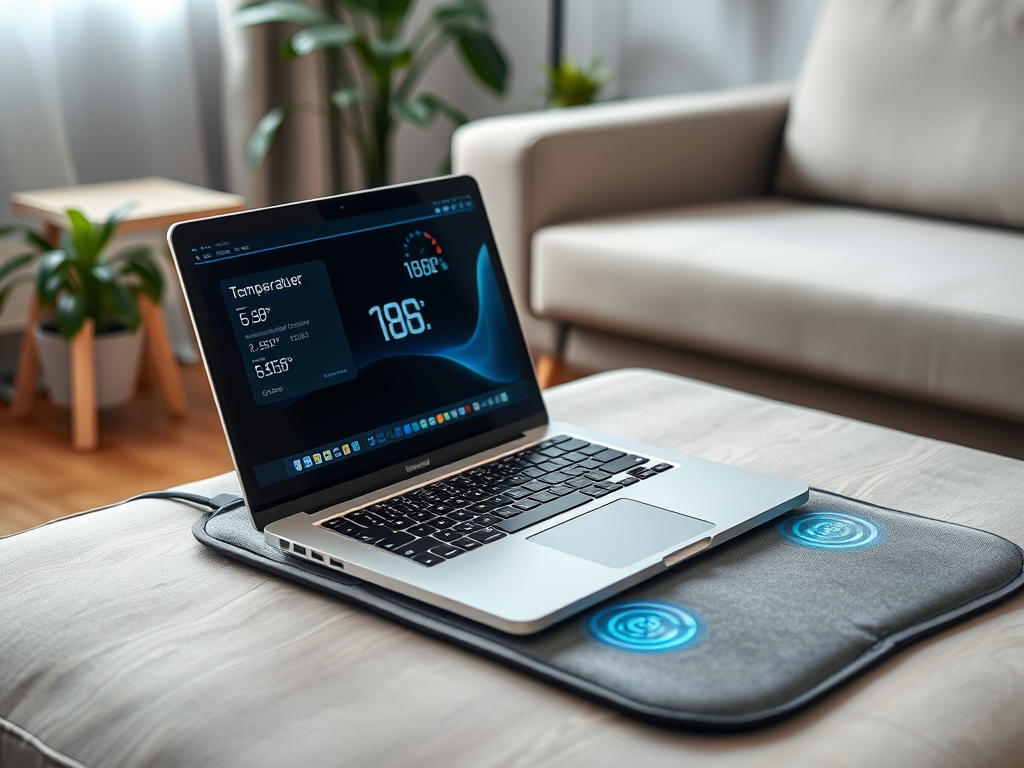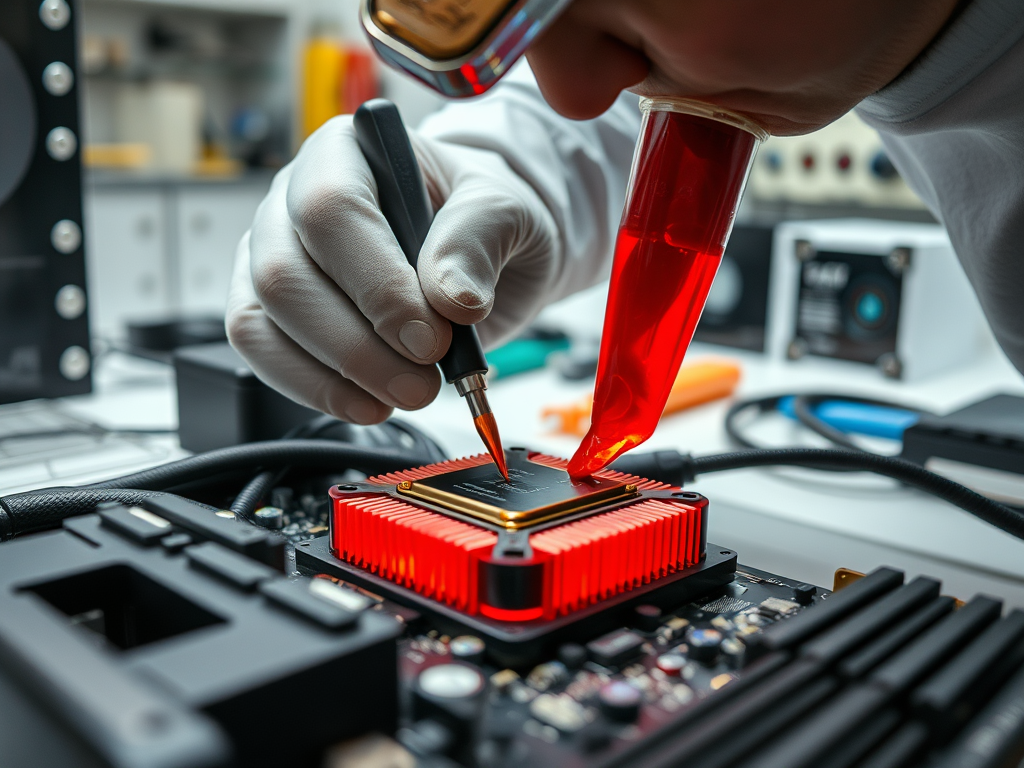In an era where technology drives our everyday lives, a computer’s efficiency is paramount. Overheating can be a formidable foe, impacting not only performance but also longevity. The moment your device starts to heat up excessively, it can lead to a cascade of problems that range from frustrating slowdowns to potential hardware failure. Therefore, understanding how to address overheating issues is not just about comfort; it’s about ensuring the devices we rely on every day function optimally. With a proactive approach and a few solutions, you can mitigate these interruptions, ensuring that your computer stays cool under pressure. Let’s dive into the ways we can tackle this prevalent issue head-on.
Understanding Overheating and Its Causes

Overheating is a complex phenomenon that can affect a range of computer models, from laptops to desktops. It is essential to grasp the underlying causes behind why your computer might be getting too hot. Several factors contribute to this problem, such as dust accumulation, poor ventilation, and inadequate cooling systems. For instance, dust can clog fans and vents, preventing proper airflow and trapping heat inside the case. Additionally, environmental factors such as room temperature and surface area can exacerbate the issue. Recognizing these culprits is the first step toward giving your computer the care it deserves.
Common Symptoms of Overheating

Identifying the signs of overheating early can save you from severe computer issues in the long run. Be on the lookout for these common symptoms:
- Frequent system crashes or freezes
- Unusual fan noises that you weren’t used to
- Unexpected shutdowns that seem erratic
- Slow performance and noticeable lag
- Increased operational noise, even during idle moments
Any combination of these symptoms is a clear indication that your computer may be struggling to maintain a safe operating temperature.
Immediate Actions to Take
If you suspect your computer is overheating, react quickly to mitigate damage. First, turn off the computer and unplug it from the power source to ensure safety. After that, allow the device some time to cool down completely; patience here is key. While waiting, perform a quick visual inspection for any dust build-up that might be obstructing air vents. If you see dust, you’ll want to proceed with cleaning to prevent further issues. Remember, neglecting these signs can lead to irreversible damage, so it’s crucial to be proactive.
Allowing your computer to cool down may seem like a trivial step, but it is a critical safeguard to protect internal components. Components like the CPU and GPU can suffer irreparable damage if they are exposed to excessive heat for prolonged periods. Thus, taking a break allows the temperature to return to normal levels, minimizing risks associated with overheating. Once the device has cooled down, you can take further action to diagnose and resolve the underlying issue.
Cleaning Your Computer
Regular maintenance, including cleaning, is essential in preventing and addressing overheating. Dust can accumulate both inside and outside your computer, leading to heat build-up. Here are steps you can take for effective cleaning:
- External Cleaning: Wipe down the exterior of the computer. Pay special attention to vents; use compressed air to blow out dust.
- Internal Cleaning: If comfortable, open your computer case and carefully remove dust from components using a soft brush and air.
- Keyboard and Mouse Care: Ensure your keyboard and mouse are clean to prevent trapped heat.
| Component | Potential Issues of Overheating | Cleaning Frequency |
|---|---|---|
| CPU | Performance throttling, crashes | Every 3 months |
| GPU | Screen artifacts, shutdowns | Every 4 months |
| Power Supply | System instability, failures | Every 6 months |
Upgrading Cooling Solutions
Sometimes, basic maintenance isn’t enough to combat persistent overheating. Upgrading your cooling solutions can provide a more permanent fix. Here are a few options worth considering:
- Installing Additional Fans: Increasing airflow can help disperse heat more effectively.
- Using a Cooling Pad: Especially beneficial for laptops, a cooling pad can further decrease temperatures during intensive tasks.
- Upgrading CPU Coolers: If overclocking or using a high-performance CPU, investing in high-quality coolers is crucial.
By making these upgrades, you pave the way for a more efficient, cooler working environment for your computer.
Conclusion
Fixing overheating issues in your computer is a multifaceted process that requires both immediate actions and consistent maintenance. By understanding the symptoms, implementing regular cleaning, upgrading cooling systems, as well as monitoring temperatures, you can significantly mitigate overheating risks. Ensuring proper airflow and providing care for your components will unquestionably enhance the longevity and performance of your valuable devices. Remember, staying ahead of overheating problems will not only improve everyday use but preserve your devices for years to come.
Frequently Asked Questions
- What are the most common causes of computer overheating?
Dust accumulation, inadequate cooling systems, poor ventilation, and outdated thermal paste are among the primary causes. - How often should I clean my computer to prevent overheating?
It’s recommended to clean your computer every 3 to 6 months, depending on the environment and usage. - Can overheating damage my computer components permanently?
Yes, prolonged overheating can cause irreversible damage to components like the CPU, GPU, and hard drives. - Is it safe to use my computer while it’s overheating?
It is not advisable as it can lead to hardware damage. Turn it off immediately and allow it to cool down. - Do laptop cooling pads really help?
Yes, they can significantly lower temperatures, especially during intensive tasks or gaming.

